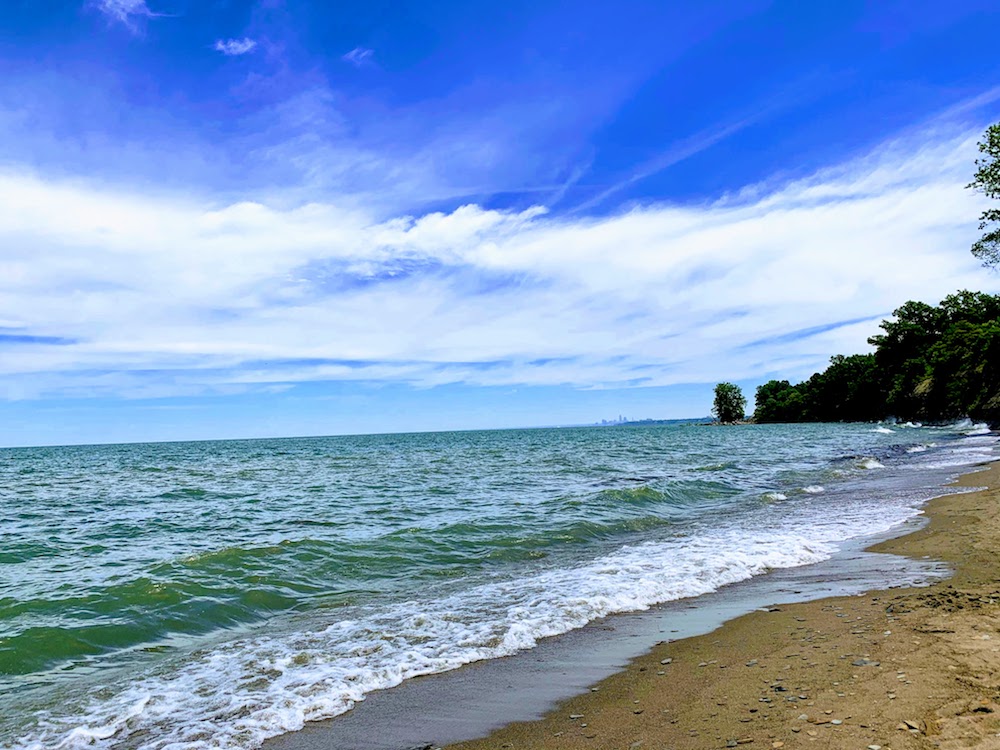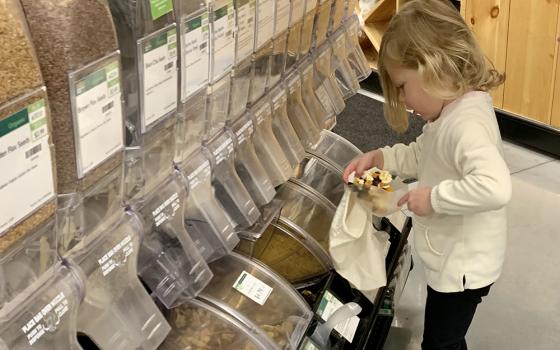A dead fish on the shore of Lake Erie is covered by a green wave of algae. (Courtesy of NOAA)
When I was little, Lake Erie and I would play together for hours on end. I would launch myself from her strong, rocky spine into her bright blue embrace and listen to the stories she would whisper through her waves. When I was there, I knew I was home.
But nowadays, my home is different. The words of her waves are muffled, and I can no longer brush my fingers through her blue hair or swim with the fish in her fingertips, because of a toxic shroud of green algae blooms.

Christina Randazzo
These deadly blooms are a result of heavy storms and are intensified because of the effects of climate change. Storms carry fertilizers and runoff directly into the mouth of Lake Erie, where they act as food for toxic algae.
Farmers have helped quell this problem by implementing different fertilizing techniques, but the most effective solution lies in mitigating the effects of climate change altogether.
Lake Erie is just one example of the ways our covenant of mutual respect with the Earth has been stretched to its breaking point. I pray that one day my grandchildren will get to meet my great friend and play in her clear water as I once did, but they can only have that future if the actions we take today make it a reality.
It is now up to us to listen to the Earth, to hear her cries, and to care for her as she has always cared for us.
Christina Randazzo is a third year student at the University of Notre Dame, where she studies psychology; film, television and theater; and sustainability. In her free time, she enjoys playing the clarinet with the Notre Dame marching band, writing poetry and acting in the university’s student-run Shakespeare company. Originally from Bay Village, Ohio, Christina feels most at home on the shores of Lake Erie, where her passion for sustainability first began.
Advertisement







